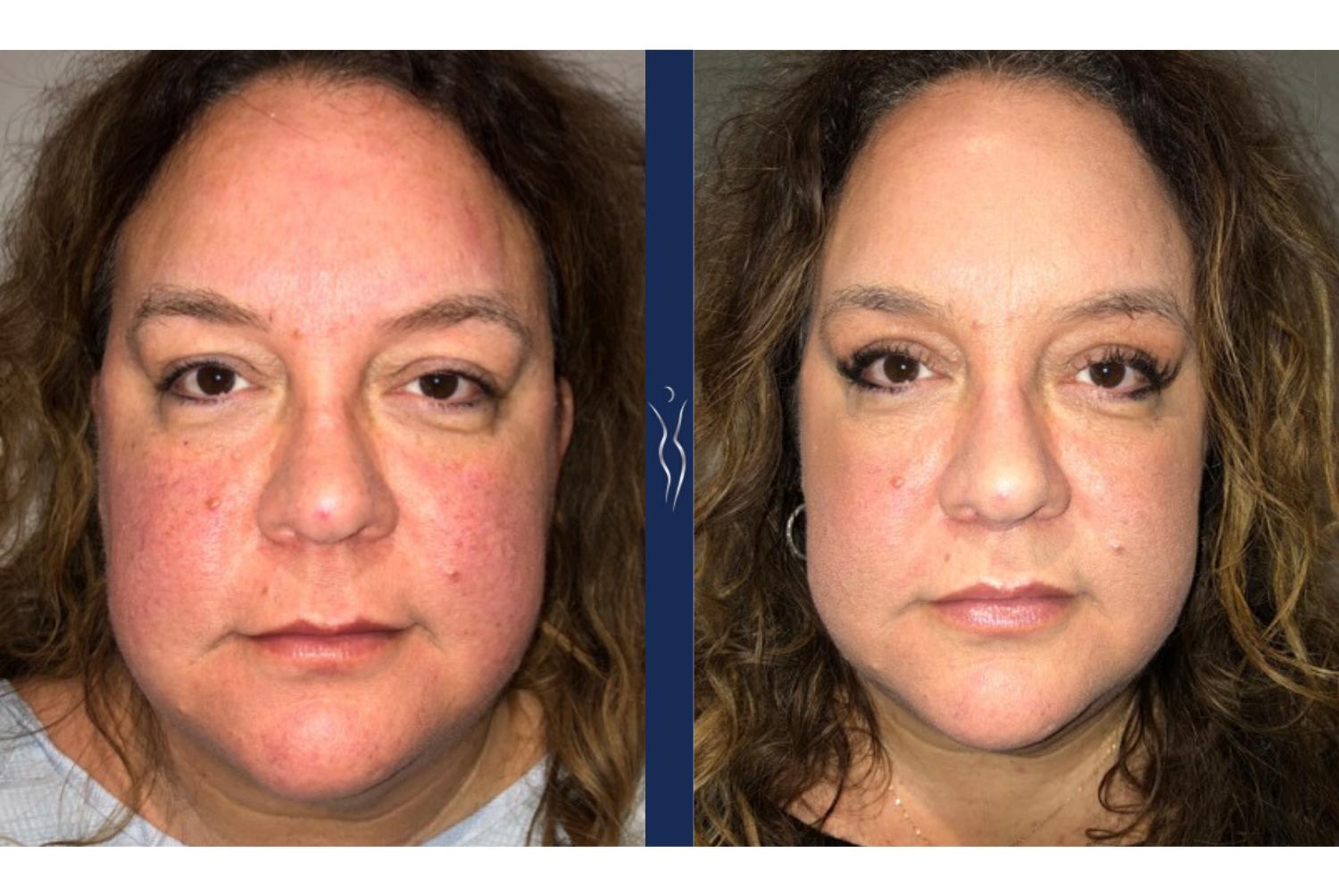
Endoscopic mid-facelift is a popular plastic surgery that requires minimal incisions to improve the facial appearance. This surgery is growing in popularity because it has a lower risk of scarring, long-term outcomes, and requires minimal postoperative recovery. Read on to learn more about the benefits and risks of this surgery. It is not a procedure for everyone. Continue reading to learn more about the side effects, prerequisites, and recovery of this procedure.
Endoscopic mid-face lift
A midface surgery called endoscopic mid facelift is performed using this technique. It strengthens multiple layers of the face and can improve the overall appearance of the midface. Patients between the ages 50 and 60 are ideal candidates. While this procedure can be used to address the signs of aging, patients should have realistic expectations. They should be in good general health and should not be on blood thinners. Patients who are experiencing signs of aging around the midface area will benefit from a mid facelift.
You will feel bruising, swelling, and numbness after an endoscopic mid-face lift. These symptoms may last for up to two weeks. There will be a different recovery time for each person. It is best to avoid strenuous activities during the first few weeks. Most sutures can be removed within one week. The results of this procedure will be noticeable within three months. For the first few nights, patients should keep their heads elevated. You will look and feel younger with the endoscopic midface lift procedure.

Side effects
Mid facelift is considered a safe procedure, but there are still risks. These risks include bleeding, infections, and poor wound healing. During your consultation you can learn more about side effects, potential complications and risks. While the surgery may have life-changing consequences, the risks far outweigh any benefits. Make an appointment with a board certified anesthesiologist to avoid complications. The surgeon will also be able to explain any special post-operative care needs.
Patients are advised to wash their hair before the procedure. Water and other approved medications can be consumed after surgery. It's a good idea for someone to stay with your first night and drive home. There might be some swelling or bruising. Your physician can prescribe pain medication that will help you cope with these side effects. Patients should expect to recover for up to three weeks following surgery.
Prerequisites
A mid face lift is something you want to do. This is a cosmetic procedure and insurance companies won't cover it. You will not suffer any permanent harm, but it's worth considering if your face has sagging or nasolabial folds. These issues may indicate that you should not have a midfacelift.
You can have a mid-face lift under general or deep sedated. It is usually done in an outpatient facility, but can also be performed in a hospital using local anesthesia. This procedure can be combined with others to improve results. It only takes about an hour to complete. The recovery is fast and swelling and bleeding are minimal. It is recommended that patients sleep with their head raised the night following the procedure. For the first few days, ice packs should be applied on the affected areas. Patients may then be prescribed low-dose pain medication after the procedure.

Recovery
Although mid-facelift surgery can be performed without any major complications, it is still a risky procedure. This can lead to poor wound healing or prolonged ecchymosis and poor scarring. The risk factors for infection include immunosuppression, diabetes mellitus (trim), and smoking. Before elective surgery, such patients should be medically optimised. Most patients report minimal discomfort and pain following mid facelift surgery.
While the initial days can be rough, you should expect to be back in your normal routine within a few days. Bruising, numbness, and tightness may be expected. These side effects last about a week. They should resolve with some rest. Most sutures will disintegrate within one week. Within six to twelve months of surgery, you should be able to resume your normal activities.